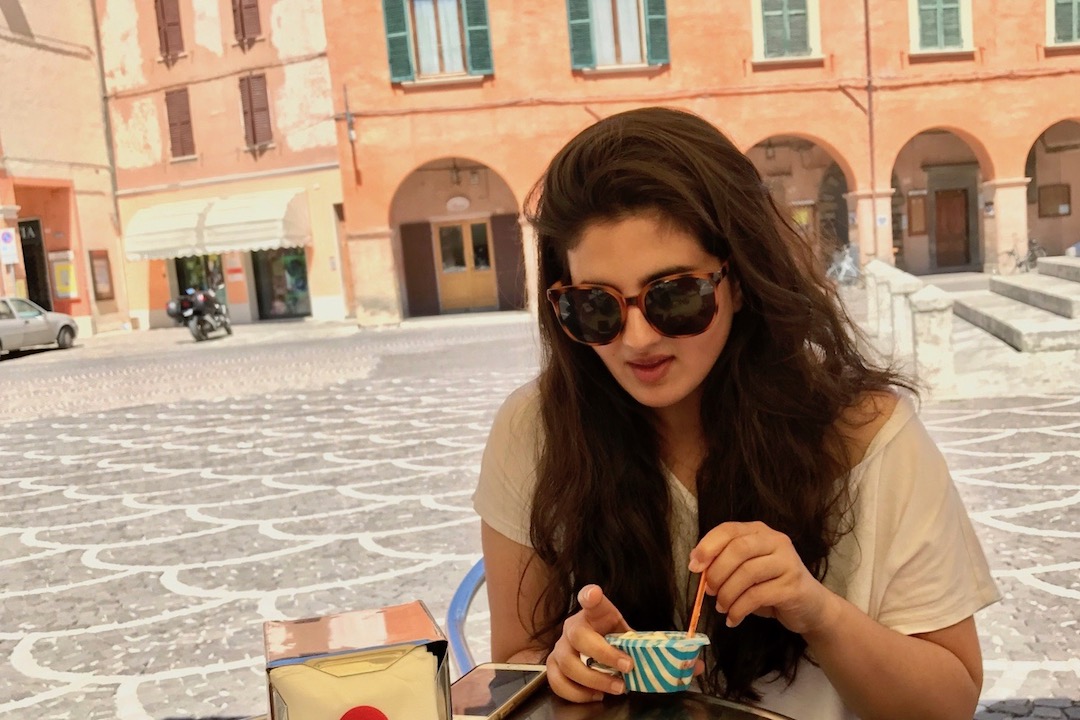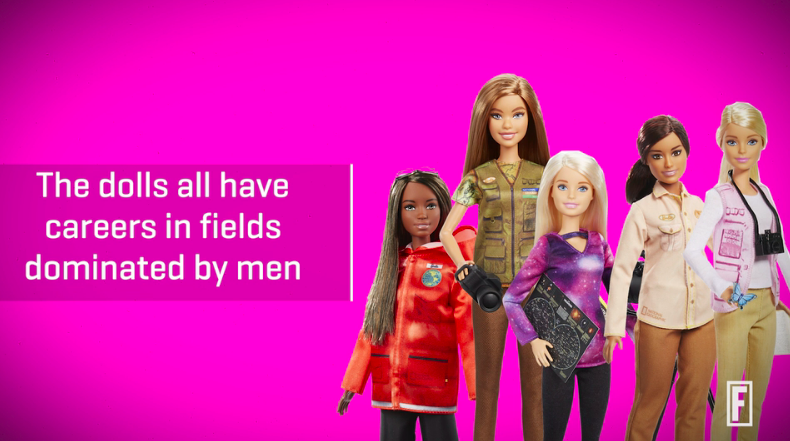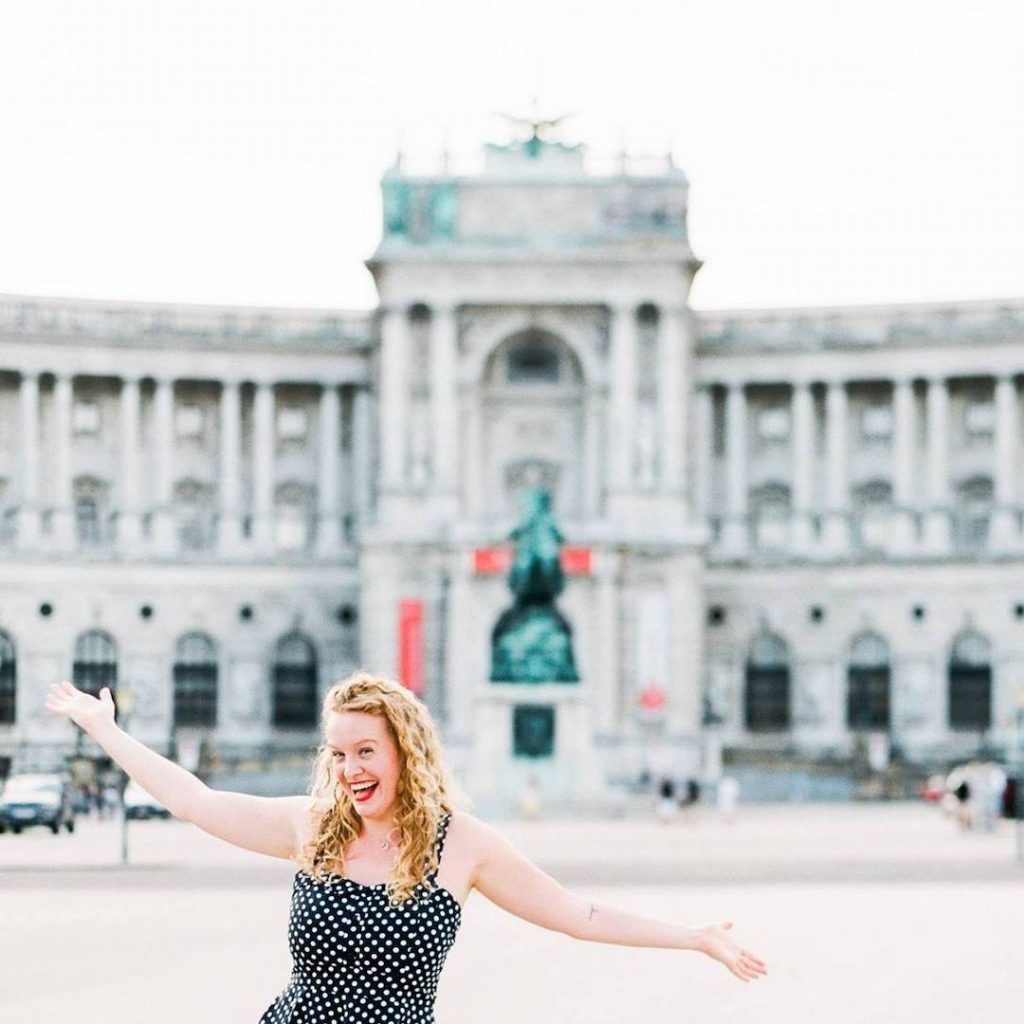My first solo female trip was a spiritual experience.
After my startup died, the failure of the business was destroying me emotionally and I needed to get back on my feet, so I applied to a four-week dance intensive in an idyllic Italian town called Urbania in the Le Marche region. There was some jokey backlash from people about the fact that I was leaving my husband for a month. None of this backlash came from him, as he grew up in a family of strong South Asian women, all of whom proudly identify as feminists.
Over the course of my time in Urbania, there were lots of prayers, especially when I tried to do a triple-pirouette on my tiptoes – I called on all the gods. And despite failing at them over and over again, I had faith in myself and kept fighting for it. As I got back on my feet (literally and mentally), the connection between female empowerment and travel fully manifested for me. There I was in this tiny little Italian village in the Le Marche region, away from my husband, family, friends, and the constraints of my daily life, trying to understand dance instructions in a different language, harnessing complete autonomy over my physical and mental boundaries.

When women travel, it impacts their lives and our world positively, shifting perspectives and tipping the scales further towards closing the gender gap. Fittingly, the theme for International Women’s Day 2019 is #BalanceForBetter, advocating for gender balance across every aspect of our social lives, and that, of course, includes travelling and touring.
The connection between #BalanceForBetter and travel
The women’s movement has come a long way from its first wave in the 19th century, and there is a lot to celebrate. Today we have far more agency over our lives and careers than before, but true equality is far off. If the #TimesUp and #MeToo campaigns over the past year have taught us anything, it’s that we still have a long way to go. As the good fight for equality continues, one way for women to empower themselves all year long and further the #BalanceForBetter message is through travel.
Travel facilitates female empowerment because it allows women to struggle in a way that garners growth. A report published by Dr Elaine C.L. Yang and Dr Catheryn Khoo-Lattimore for Griffith University makes a case for this. They state that “travel provides a space that emancipates women from gendered expectations and associated responsibilities. In this space, women can journey inward to self-discovery as they journey out of their comfort zone and social surveillance from home.”
In their report, Yang and Khoo-Lattimore highlight that “female travel has been growing exponentially over the last two decades and will continue to rise as women travel more boldly, liberally and independently. Searches on female travel and in particular, solo female travel have soared in the past five years. TripAdvisor estimates that 74% of women around the world have travelled or are planning to travel alone.”

They also indicate that beyond relaxation and pleasure, women travel because of “a profound need for empowerment and transformation. For an external state of equality and an internal state of harmony.”
How travel can make a positive impact on equality
Women travelling has impacted equality positively. If the recent collaboration between National Geographic and Mattel to create a travel-themed line of Barbie dolls is anything to go by, telling stories about female exploration has never been more important. It’s a way for us to journey further while nurturing equality.
Barbie’s resume now includes careers as a Wildlife Photojournalist and Polar Marine Biologist, both of which belong to historically male-dominated fields. This means that from an age as young as 7, girls are growing up without having to accept limits based on outdated stereotypes or antiquated ideas of what women can achieve. Instead, they discover roles and stories that reach far beyond the “dream house” and into exciting careers and lifestyles that include exploration, science, conservation and technology.

Speaking to Travel + Leisure, Susan Goldberg, editor in chief of National Geographic magazine and editorial director of National Geographic Partners, explains, “through our partnership with Barbie, we are excited to reach kids in a new way, using the power of play to inspire our next generation of explorers, scientists and photographers.” The takeaway? Young girls will now see themselves in spaces that may previously have been dominated by males.
How can travel become more accessible to women?
Yang and Khoo-Lattimore’s report also sheds light on what is holding women back. Travel empowers women, but their research reveals an “imbalance” in women’s access to travel and experience in destinations. “Safety concerns, ranging from unsolicited attention, street harassment to sexual assault, consistently appear as the main constraint that impedes women from fully owning and experiencing what’s supposed to be a transformative journey.”
In 2018, Jada Yuan became The New York Times inaugural 52 Places Traveller. For one year, Yuan travelled somewhere different every seven days. Afterwards, Yuan published a moving article sharing some meaningful lessons from her year-long journey, and one of those was about safety for female travellers.
In the article, she explains “Caution as a solo female traveller is healthy; blind fear is not… I’ve had to sacrifice areas of coverage I might otherwise enjoy, like nightlife, because I didn’t feel safe going out alone… There’s a literal extra cost to being a woman travelling on your own. In cities where safety seemed like it might be an issue, I took cabs and Ubers rather than cheaper public transport. Climbing up certain mountains or going around certain cities, I opted for a guide and often paid extra because most private tours have a two-person minimum.”
According to Yang and Khoo-Lattimore, “the call for gender balance in travel and tours is getting more attention in the social media space with hashtags like #Viajosola (which means “I travel alone”), with more than 5000 women defending their right to travel safely, and #MeToo, which has encouraged more women to speak up about their experiences with gender-based violence in their lives, including violence that occurred while travelling.”
To some extent, tours have emerged as a solution to aspects of this, providing female travellers with security, and emotional and social safety. It’s not all talk either.
Yang and Khoo-Lattimore’s data shows that “seventy percent of travellers that book with TourRadar are women (a majority of whom are solo female travellers) for safety, security and social reasons. Intrepid Travel, one of TourRadar’s operators, has taken it one step further by offering a full range of women-only expeditions to conservative destinations that women would otherwise not have access to. There has been a 230% increase in the number of women-only travel companies in the past six years before 2018, as reported by Huffington Post.”
So, how are women exploring the world?
The latest patterns in women’s travel show a shift towards spiritual tourism – transformative journeys that encourage balance inside out. These trips are not centred on religion. Instead, spiritual tourism is about embracing experiences, ideas, culture and philosophy found in the destination. Activities can include but are not limited to arts and crafts, engaging with local communities or adventure to make a positive impact.
Yang and Khoo-Lattimore’s report emphasises that spiritual tourism is not about the activities but the questions about the self and life that come up during the experience.
“The ultimate goal of spiritual tourism is to gain new insights, achieve inner balance and harmony, especially during transitions in life: change of careers, the end of a relationship, a death in the family, or a difficult chapter in life.”
Likewise, the travel industry is embracing the chance to create opportunities for women to empower themselves at these pivotal points in their lives.

Is travel the answer to “feel good feminism?”
Travel trends show that women are choosing solo trips, community experiences, women’s only tours, girlfriend getaways, spiritual escapes, adventure tours, and learning holidays because they offer opportunities for women to have a positive impact. Based on this the travel industry is developing women-focused trips that enable women to choose travel styles that facilitate this.
Consider what we celebrate and push for on International Women’s Day and throughout the year: social, economic, cultural, and political equality for everyone across the globe. In an era of “feel good feminism” with corporations banking on sentiment, and hoping to make money out of empowering women, could travel be the answer to celebrating women and furthering the good fight all year round?
A little more about our contributors from the Griffith Institute for Tourism, whose research made this story possible
Dr Elaine CL Yang is a gender researcher at Griffith Institute for Tourism. Elaine is passionate about empowering women in tourism. She is interested in any research related to women in tourism, including solo female travellers, Asian female travellers and women working in the tourism industry. You can find Elaine on LinkedIn.
Dr Catheryn Khoo-Lattimore is a senior researcher at Griffith Institute for Tourism. Catheryn researches tourist and guest behaviour, with a passionate focus on women, families and young children. She is the Regional Field Expert (Asia and the Pacific) for the United Nations World Tourism Organisation and the


